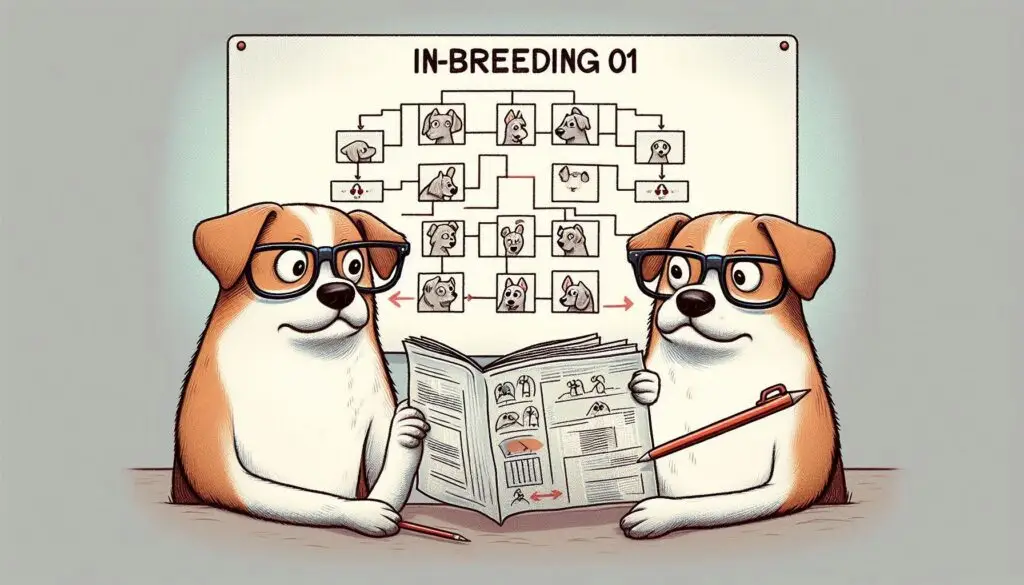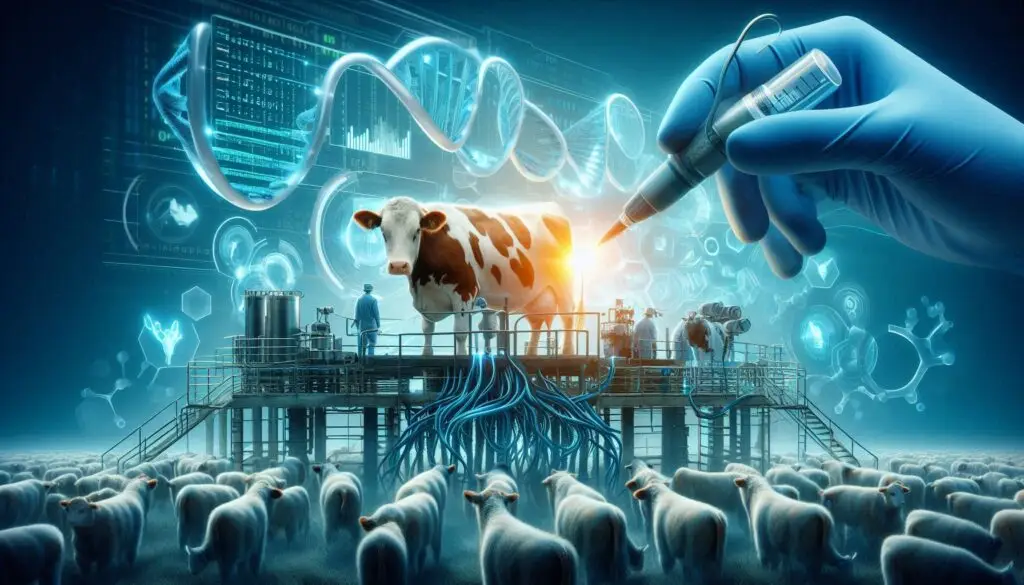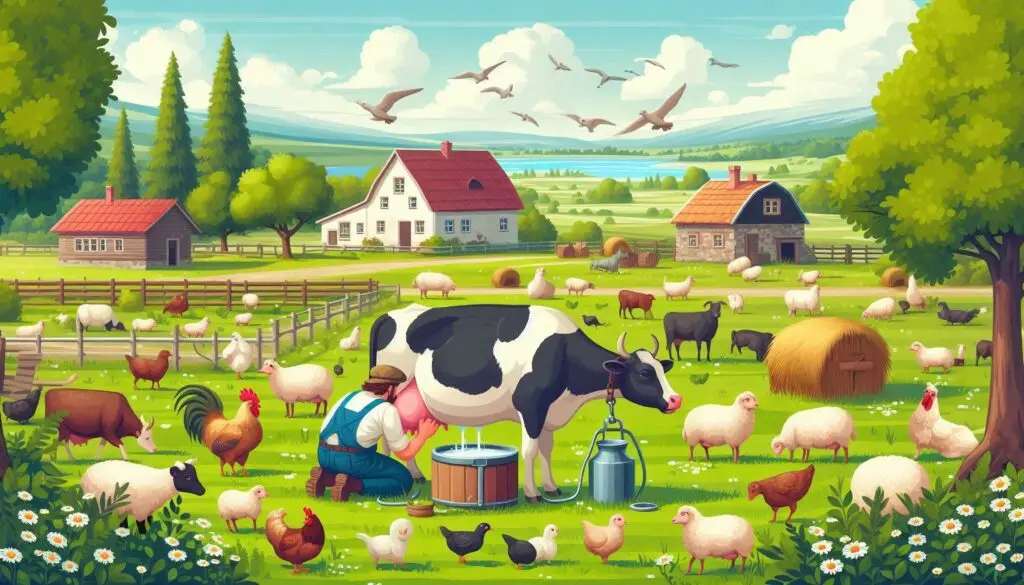Inbreeding: Types, Advantages, and Implications

What is Inbreeding?
Inbreeding occurs when closely related individuals mate. This practice can lead to a higher chance of offspring inheriting genetic disorders. However, it also has distinct advantages that can be beneficial in specific contexts. Understanding the balance between risk and reward is essential for breeders and geneticists alike.
Why Inbreeding Matters
Inbreeding plays a significant role in maintaining certain traits within a population. It is especially relevant in agriculture and animal breeding, where specific characteristics are often desired. For example, farmers may want to ensure that their livestock have desirable traits such as size or milk production.
Types of Inbreeding
There are several types of inbreeding that researchers and breeders commonly recognize. Each type has its unique characteristics and implications.
Close Inbreeding
Close inbreeding involves mating between first-degree relatives, such as siblings or parent-offspring pairs. This type of inbreeding significantly increases the chances of homozygosity for recessive alleles. While it can enhance certain traits, it also raises the risk of genetic disorders.
Learn more about close inbreeding here.
Line Inbreeding
Line breeding is a more controlled form of inbreeding. It involves mating individuals that share a common ancestor but are not as closely related as siblings or parents. This method aims to enhance desirable traits while minimizing the risks associated with close inbreeding.
For an overview of line breeding, check out this article here.
Selfing (Self-fertilization)
Selfing is common in plants and involves an individual fertilizing itself. This method ensures reproduction but often reduces genetic diversity. While selfing can stabilize certain traits, it may also lead to reduced adaptability over time.
Read more about self-fertilization here.
Advantages of Inbreeding
Despite its potential drawbacks, inbreeding offers several advantages that can be beneficial for breeders and agricultural producers.
Trait Fixation
One significant advantage of inbreeding is trait fixation. By mating closely related individuals, breeders can ensure that specific desirable traits become fixed within a population. This predictability allows for better planning and management of breeding programs.
Genetic Purity
Inbreeding helps maintain genetic purity within a population. By reducing genetic variability, breeders can conserve specific genomic traits that are important for their breeding goals. This is particularly useful for livestock or crops that require consistent qualities.
Consistency in Traits
When breeders use inbreeding strategically, they can achieve consistency in traits across generations. This consistency makes it easier to predict the characteristics of offspring based on the traits of their parents.
Cost-Effectiveness
In some cases, inbreeding can be more cost-effective than outcrossing methods. Fewer breeding individuals may be required, which reduces maintenance costs associated with breeding programs.
Rapid Trait Selection
Inbred populations allow breeders to achieve desired outcomes more quickly than outcrossing methods would permit. By fixing specific traits within a shorter time frame, breeders can respond to market demands more effectively.
Implications of Inbreeding
While there are advantages to inbreeding, it is essential to consider its implications on genetic diversity and population health.
Increased Risk of Genetic Disorders
One major concern with inbreeding is the increased risk of genetic disorders. When closely related individuals mate, there is a higher chance that recessive alleles will manifest as harmful traits. This risk highlights the importance of careful management when applying inbreeding practices.
For more information on genetic disorders related to inbreeding, visit this resource here.
Reduced Genetic Diversity
Inbred populations often experience reduced genetic diversity over time. While this can stabilize certain traits, it may also limit adaptability to changing environments or disease pressures. A lack of genetic diversity makes populations more vulnerable to extinction.
Long-Term Sustainability
Breeders must consider long-term sustainability when implementing inbreeding practices. While short-term gains may be appealing, maintaining a healthy population requires careful planning and management strategies.
Best Practices for Inbreeding
To maximize the benefits while minimizing the risks associated with inbreeding, breeders should follow best practices.
Monitor Genetic Health
Regularly monitor the genetic health of the population to identify any emerging issues related to genetic disorders or reduced diversity. Genetic testing can provide valuable insights into the overall health of a breeding program.
Use Line Breeding Strategically
Line breeding allows for some level of control over genetic diversity while still achieving desired traits. By carefully selecting mates based on their lineage, breeders can maintain desirable characteristics without incurring excessive risks.
Introduce New Genetics Periodically
To combat reduced diversity, consider introducing new genetics into the breeding program periodically. This practice helps maintain genetic variability while still allowing for trait fixation over time.
For further reading on maintaining genetic diversity, explore this article here.
Conclusion
In conclusion, understanding the types and advantages of inbreeding is crucial for anyone involved in genetics or agriculture. While there are significant benefits to using controlled breeding strategies, it is essential to remain aware of the associated risks. By implementing best practices and monitoring genetic health, breeders can harness the advantages of inbreeding while ensuring long-term sustainability for their populations.
More from Genetics and Animal Breeding:
Genes and DNA






Responses